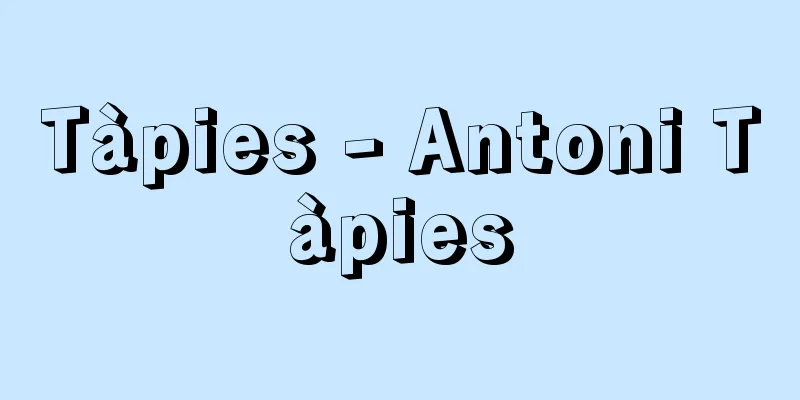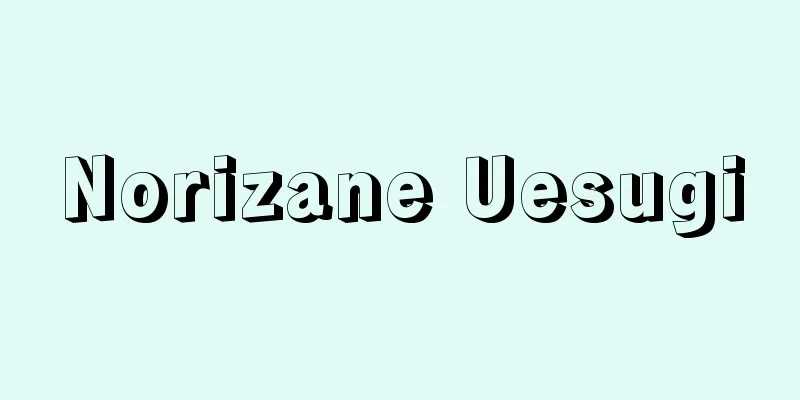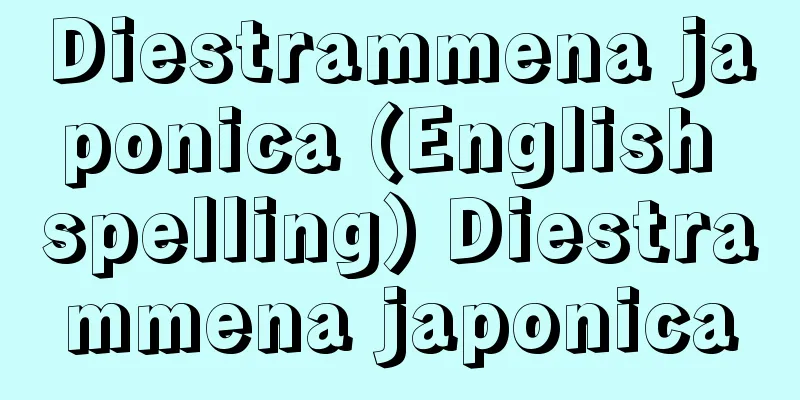Tàpies - Antoni Tàpies

|
Spanish painter. Born in Barcelona. Following in the footsteps of the generations of Picasso, Miro, and Dali, he was a leading figure in Spanish avant-garde painting from the 1950s to the 1970s. He started out with collage, but in 1948 he formed the avant-garde group Dau al Set (The Dice of Seven) with Joan Jose Tharrats (1918-2001), Modesto Cuixart (1925-2007), and Joan Ponc (1927-1984), and moved on to surrealist and magical paintings that hint at the influence of Klee and Miro. In 1950, he studied in Paris, where he discovered Art Informel painting, and returned to the study of matière. His passionate abstractions, evocative of the desolate Spanish landscape, the walls of time-honored houses, or shattered doors, express the suffering of Spain, devastated by the civil war, and by extension, the suffering of our times. In 1984, he founded the Antoni Tàpies Foundation as a place to study and learn about modern and contemporary art. The foundation is located in a renovated building that was once the headquarters of the Montaner i Simon Publishing House, which was created by Lluis Domenech i Montaner (1849-1923), a company said to have marked the beginning of Catalan Modernist architecture at the end of the 19th century. The foundation contributes to the development of contemporary art and culture by organizing special exhibitions, holding lectures, and screening films. At the same time, the museum also houses a collection of Tàpies' works, and in 1990 it opened as the Antoni Tàpies Museum. [Keizo Kamiyoshi and Takao Okamura] "Tapies Exhibition: Homage to Catalonia, The Mural Painter" (1976, Seibu Museum of Art)" ▽ "Tapies and Catalonia" by Pere Jimferrer, Japanese edition supervised by Matsubara Toshiro (1976, Mainichi Communications)" ▽ "Antoni Tapies" by Victoria Combaria Deguseu, translated by Ito Yoko (1991, Bijutsu Shuppansha)" ▽ "Antoni Tapies" edited by Nakayama Kimio, Marugame City Inokuma Genichiro Museum of Contemporary Art and others (1996, Art Life)" ▽ "Art as Practice" translated by Tazawa Kou (1996, Suiseisha) [References] | |Source: Shogakukan Encyclopedia Nipponica About Encyclopedia Nipponica Information | Legend |
|
スペインの画家。バルセロナに生まれる。ピカソ、ミロ、ダリの世代に続き、1950年代から1970年代にかけてのスペイン前衛絵画の主導者。コラージュから出発したが、1948年、ジョアン・タラッツJoan Jose Tharrats(1918―2001)、モデスト・クイッシャルトModesto Cuixart(1925―2007)、ジョアン・ポンスJoan Ponc(1927―1984)らとともに前衛集団「ダウ・アル・セット」Dau al Set(7の目のさいころ)を結成、クレーやミロの影響をうかがわせる超現実主義的で魔術的な絵画に進んだ。1950年、パリに留学してアンフォルメル絵画を知り、ふたたびマチエールの研究に戻った。彼の、スペインの荒涼たる大地や長大な時を刻んだ民家の壁、あるいは打ち砕かれた扉を思わせる熱い抽象は、内戦に打ちのめされたスペインの苦悩、ひいては現代の苦悩を表現している。1984年には、近・現代美術の研究とそれを知るための場として「アントニ・タピエス財団」を創設した。同財団は19世紀末のカタルーニャ・モデルニスモ建築の始まりを告げるといわれるドメネク・イ・モンタネルLluis Domenech i Montaner(1849―1923)による「モンタネル・イ・シモン出版社」のかつての社屋であったものを改築した建物にあり、特別展の企画、講演会や映画の上映など現代美術と文化の発展に貢献している。同時に、タピエスの作品コレクションも収蔵、1990年アントニ・タピエス美術館として開館した。 [神吉敬三・岡村多佳夫] 『『タピエス展 カタロニア賛歌・壁の画家』(1976・西武美術館)』▽『ペレ・ジムフェレル著、松原俊郎日本語版監修『タピエスとカタルニア』(1976・毎日コミュニケーションズ)』▽『ヴィクトリア・コンバリア・デグセウス著、伊藤洋子訳『アントニ・タピエス』(1991・美術出版社)』▽『中山公男監修、丸亀市猪熊弦一郎現代美術館ほか編『アントニ・タピエス』(1996・アートライフ)』▽『田沢耕訳『実践としての芸術』(1996・水声社)』 [参照項目] | |出典 小学館 日本大百科全書(ニッポニカ)日本大百科全書(ニッポニカ)について 情報 | 凡例 |
<<: Tapioca - Tapioca (English spelling)
Recommend
Aghlab Dynasty - Aghlab
An Islamic dynasty (800-909) that ruled North Afri...
Koto (Japanese harp)
In a broad sense, it is a general term for stringe...
Thalia geniculata (English spelling) Thalia geniculata
… [Mitsuru Hotta]... *Some of the terminology tha...
Makrinitsa (English spelling)
…The current port of Volos was built in 1912, but...
Rosa luciae (English spelling) Rosaluciae
…[Yamanaka Second Son] [Nitta Aya]. … *Some of th...
Senmaya [town] - Senmaya
A former town in Higashiiwai County in southern Iw...
Folkways
…Sumner was greatly influenced by the evolutionar...
Hoist - Hoist (English spelling)
A small machine for lifting loads. There are elec...
Provisional seizure execution
...It is also written as karikura. It is an exclu...
Golden Order - Ougonrei
…After the war, the republican movement and the e...
Striped Bonito - Pomfret
A marine fish of the family Pontetrixidae (illustr...
Horse-headed Kannon
One of the six Kannon. Its Sanskrit name is Hayag...
Big brother - Taikei
〘Noun〙① A word used to show respect to an elder br...
Ramie - Ramie
A perennial plant of the Urticaceae family (APG c...
Fauchard, P.
...Japanese paper is placed between the wooden de...









